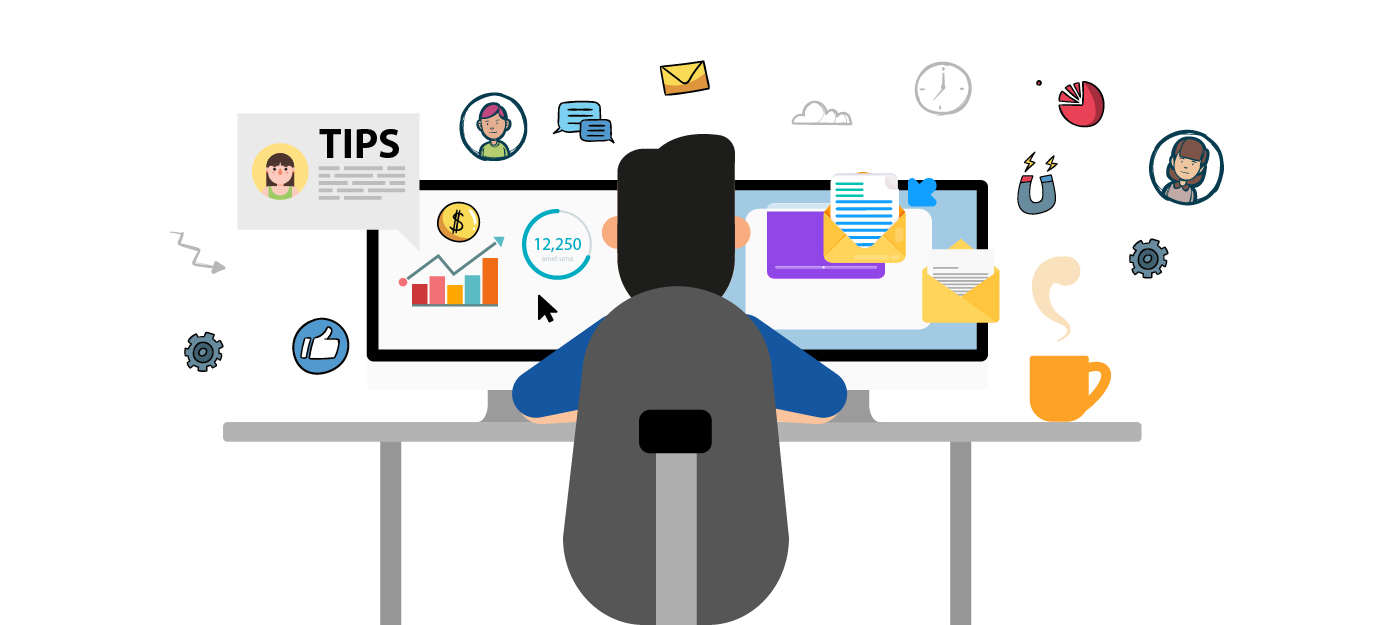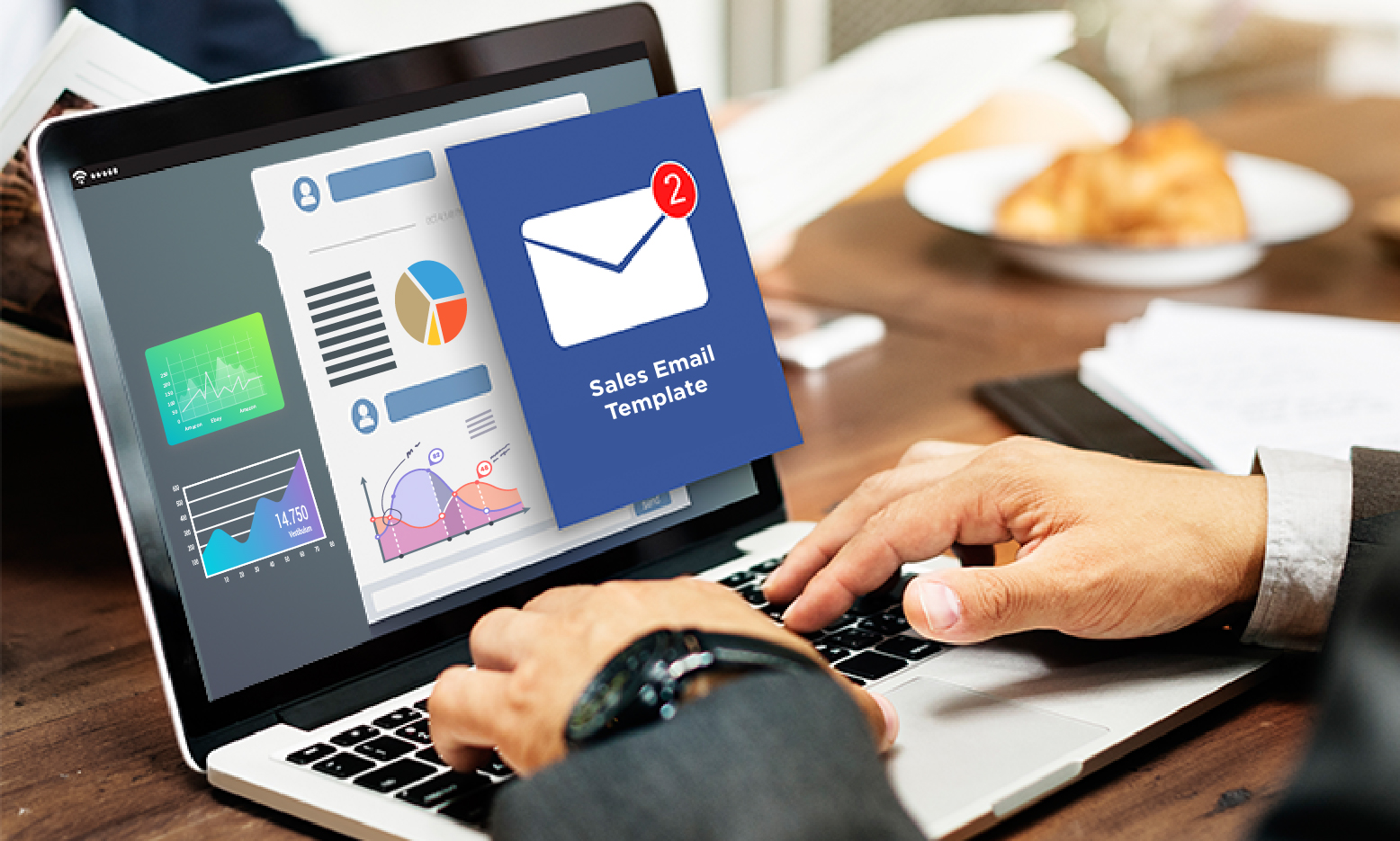How to leverage sales email templates to close more deals
The entire purpose of maintaining a sales team is to close deals, win new clients, and grow your business. With the right tools—such as sales email templates—your team can close more deals in less time. Without the right tools—for example, if you don’t use a customer relationship management (CRM) solution—your team will struggle and so will your business.
Most CRMs include various sales email templates. And others, such as all-in-one CRMs that include sales enablement, marketing automation, and customer support features, provide sales email templates and marketing automation that makes sending them a breeze.
But how do you leverage sales email templates to close more deals and grow your business? Below we’ll dig in and provide tips to master the use of sales email templates.
Sales email templates for different purposes

There are loads of examples of sales email templates online. You can find templates for introductions, events, follow-ups, general check-ins, and more. Let’s cover some of the basics.
Sales introduction email templates
This type of sales email template helps you introduce yourself to new leads. They are basically cold prospecting email templates. They allow you to reach out to someone you have no previous connection to and introduce yourself, your company, and its product.
They help you get your foot in the door and start a dialogue. You can use them to convey the value prop of your product, how it stands out from the competition, and how it could solve common problems your leads face.
Here are some cold email templates to help give you an idea of how to start using them.
Identifying the decision maker
It’s quite common that you will send a cold email and get a reply telling you the lead is not interested. What do you do then? Do you forget them and move on? No!
Be persistent. Ask them if they could please refer you to someone else who you might be able to speak with. You’re looking for the decision maker.
And if you’re not sure whether the person you’re sending a cold email to is the decision maker, you can use a template designed to find the decision maker as an initial cold email as well. Check out a great sales email template to find the decision maker in this article.
Sharing educational content
When sales reps are prospecting, they should focus on educating their leads in the initial stages of the conversation. Don’t jump right to the sales pitch. Instead, send them educational blogs or eBooks that teach them how to solve common problems.
This will build trust and solidify you in their minds as an authority in your space. They will start to look to you when they need more helpful information, which means they are starting to engage. Interest will grow, and once they show enough engagement, then you can reach out with the pitch.
But first you need to establish trust and rapport with your leads, and that’s where a sales email template that shares content comes into play. You can also find a highly-effective sales email template to share content in this same article.
Tips and best practices to consider

The examples above just scratch the surface. There are sales email templates for loads of instances. Simply do an internet search for “sales email templates,” and you will find hundreds of examples.
But there are a few tips to consider that will increase your success when using them.
Use flattery
People love flattery. Do your research into who your leads are and begin your message by telling them you’ve read up on them and are very impressed. Tell them you aim to only partner with highly-professional clients who produce great results.
For example, you could say, “I pride myself on the quality of my work, and prefer to work only with those that are over-performers. You clearly fit the bill, so I wanted to reach out and connect.” If that’s not the case, find another way to flatter them.
No matter how you word it, starting your email with a compliment or other type of flattery will help you make the best first impression possible. Stroke their ego and you’re much more likely to get that first meeting.
Make the email about them
Don’t lead off talking about how great your product is. Instead, talk about them and their needs. You realized that they work in X industry and you’ve seen the work you do. It’s impressive.
Tell them that since you have shared interests and they are obviously a subject matter expert, you wonder if they might have time to throw around some ideas and share some perspectives.
This doesn’t come across as salesy but rather an attempt to form a mutually beneficial relationship. That will certainly help you get your foot in the door more effectively than leading by telling them your company is the leader in X industry.
Talk about benefits, not features
People want to know how they will benefit from giving you their attention. Their interest will revolve around how your company could provide lasting benefits to them and help solve problems.
If you get into the weeds about product features, you’ll lose them quickly. They don’t want to hear about a great new feature and how it works; they want to know how that feature will make their lives easier.
Use benefits-oriented language and avoid delving in too deeply about features, as you’ll have a chance to do that later once they are further down the sales pipeline.
Personalize your subject line
With the help of marketing automation, personalizing emails is a breeze, even when you use a template. Personalizing subject lines is no different; it’s one of the key best practices for effective email subject lines.
Personalized marketing is one of the hottest trends in digital marketing today. If you personalize an email subject line, it will immediately come across as more relevant to the recipient. So, embrace personalization and watch your conversions rise.
Always proofread and proofread again
Once you create your killer sales email template, you need to ensure that it is error-free and as clean as can be. Proofread it multiple times and even ask a colleague to look at it with a fresh set of eyes. Sleep on it and come back to it the next day to make sure it says exactly what you want it to say.
Pro tip: Always read your emails out loud before you call them final. As a writer, I can tell you that sometimes your emails and other content look perfect on paper, but when you read them out loud and hear them, you often spot things that sound odd and need revising. (For example, using the same word twice in the same sentence—it might read well but when you hear it, it stands out.) Reading emails out loud is simply another layer of quality control that you should always practice.
Conclusion
Sales email templates help sales reps send pre-drafted emails in an array of situations. That is all automated with the right sales enablement software. Reps can click the template they want to use, enter the contact they want to send it to, and send it with a click of the mouse.
It’s all about automating processes. Reps can automatically send sales emails while they focus on higher value tasks. Leveraging the right software and the right sales email templates will allow your reps to more easily get their foot in the door and engage potential customers. And the more leads they engage, the more deals they will close, and revenue will grow.

No Comments